
The Art of Non-Alcoholic Spirits
blog
For decades, spirits and cocktails have fostered a culture of craft, connection, and celebration. But over time, cocktail culture has evolved far beyond the buzz!
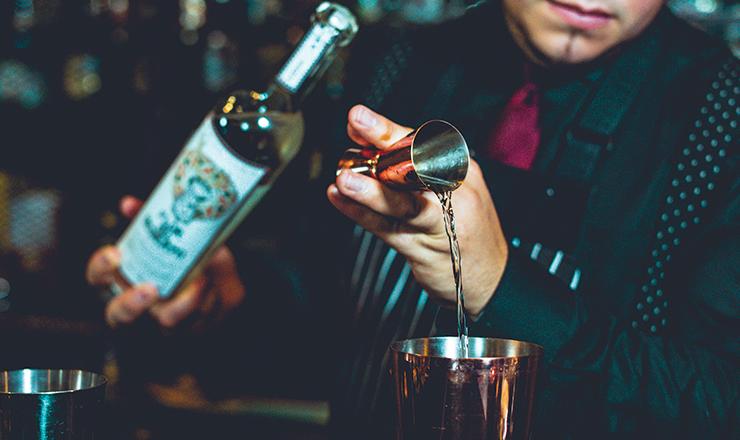
With over 300 different characteristics, tequila possesses a depth of flavors and aromas that rival any good spirit. Depending on the unique conditions in which its agave was grown, as well as the techniques utilized in its production, this delightful spirit can range from light and fruity to deep and smokey — and everything in between.
Unfortunately, most Americans have only known tequila through mixto expressions — essentially, a blended liquor of at least 51% agave distillate and as much as 49% alcohol from some other source. The result is a harsher flavored spirit — often saved by the presence of lime and salt — that is also more likely to give you a hangover… Explains a lot, doesn't it?
But don't worry, there is a way to chase away those college memories marred by a bad mixto! You just need to learn how to pick out a good tequila.
Luckily, the first step in choosing a tequila wisely is easy. Check the label! You want to go for bottles that claim "100% blue agave" (also "100% de agave" or "100% puro de agave"). If this is missing, then you've likely found yourself another mixto.
Once you've made sure you're dealing with a purely agave-derived spirit, look for one of these 5 varieties to try for an authentic experience. To help you decide where to start, we've provided some guidance on each type so you can figure out what works best for your palate. Good luck!
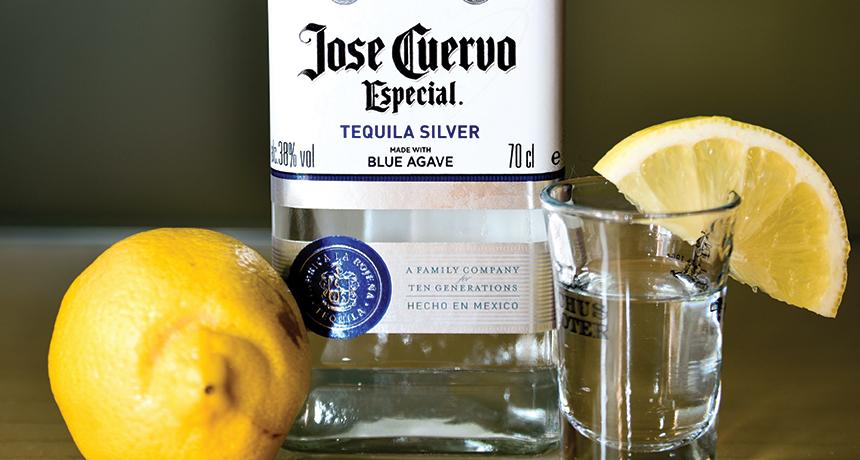
Each of the official classifications for tequila are determined by age, starting with un-aged tequila. Blanco — also called Silver, Plata, or White tequila — is bottled shortly (if not immediately) after distillation.
This style stands out for being a pure expression of the natural flavors of the blue agave from which it was created. The result is a spicy, vegetative, and grassy spirit with notes of citrus and black pepper. Blanco can be a harsher spirit for some, as it tends to bring forward more heat than aged varieties, but it is not without the sweetness of its star ingredient.
With its signature bold flavor, un-aged tequila works well in lighter cocktails and citrus-forward drinks, like margaritas. However, some expressions are smoother than others, so that's not to say that Blanco cannot also be enjoyed straight or on the rocks. If you're a rye whiskey drinker, you might even prefer the extra spiciness afforded by this spirit.
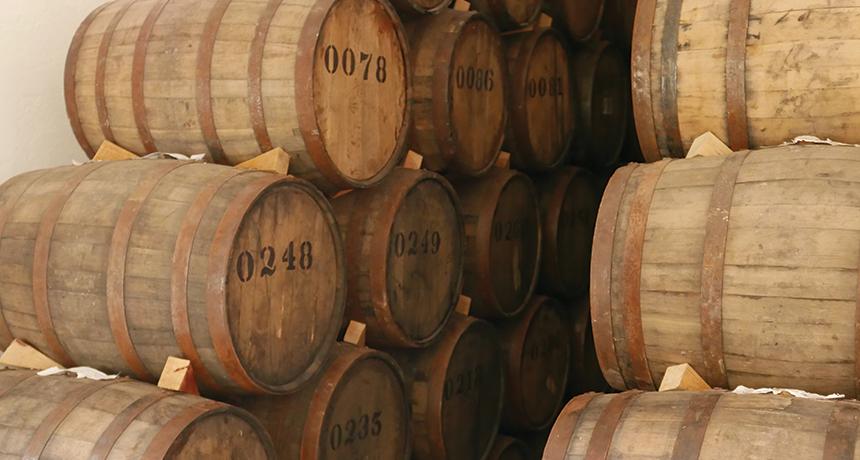
The difference between Joven and Blanco tequila is much more straightforward than you might think.
Joven, also known as Gold or Oro, often begins as Blanco that is then blended with any combination of aged tequilas, sugar, color, flavorings, extracts, and/or glycerin. By nature, most Joven tequilas are also mixtos (though not all mixto varieties are Jovens). The result is essentially an imitation of an aged product, so it usually comes in at a lower price point.
This type of tequila is also harder to find than other expressions, but if you do happen to stumble upon a bottle, you might decide to taste it more so for curiosity's sake than anything else.
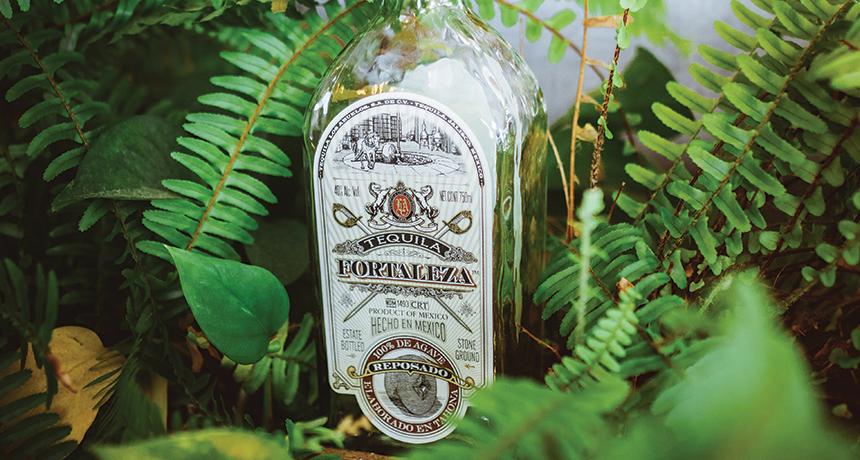
Also known as Rested or simply "Aged" tequila, Reposado is a freshly distilled tequila that is aged in American or French oak barrels for 2 months to just under 1 year.
In terms of flavors, this class of tequila bridges the styles of Blanco and Añejo: it's young enough to maintain the raw quality of an un-aged spirit, but spends just enough time in a barrel to pull out some additional color and wood tannins.
When it emerges from this short "rest," Reposado tequila is described as having all of the signature flavors of Blanco, but enhanced by the added notes of honey, vanilla, cinnamon, dry chocolate, and chilies.
This softened quality is perfect for pairing with stronger mixed drinks or for straight sipping — no salt and lime necessary.
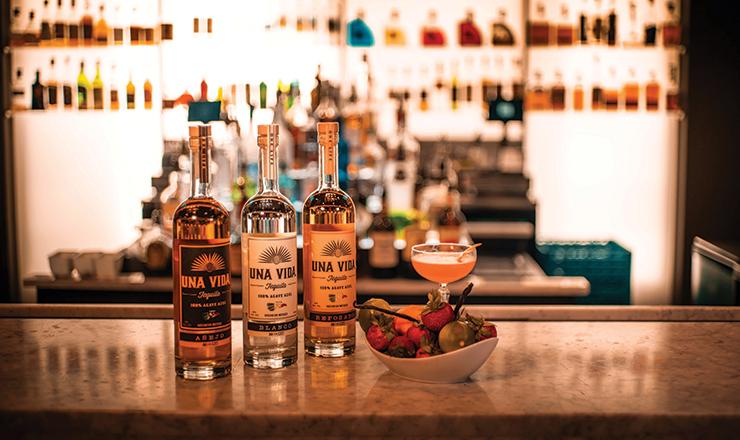
Añejo tequila is sometimes referred to as Extra Aged or Vintage. With titles like these, it's no surprise then that this style comes with a price tag to match.
Just like a fine whiskey or Bourbon, the special style of tequila has its own guidelines for production. Añejo must be aged for at least 1 year to a maximum of 3 years in a barrel no larger than 600 liters. This results in a darker colored tequila that takes on a richer, deeper profile than a Blanco or Reposado.
Añejo supports a range of flavors — caramel, toffee, oak, nut, custard, orange blossom, banana, grilled pineapple, melon, lemon zest, and more are all possible. Truly, Añejo is as versatile a spirit as any, while still allowing the signature sweet, peppery notes of the agave plant to shine through.
While it may be a little more expensive, Añejo is the optimal tequila for sipping. The qualities of this spirit also make it a great substitute for whiskey for a twist on classic cocktails like the Old Fashioned or Manhattan.
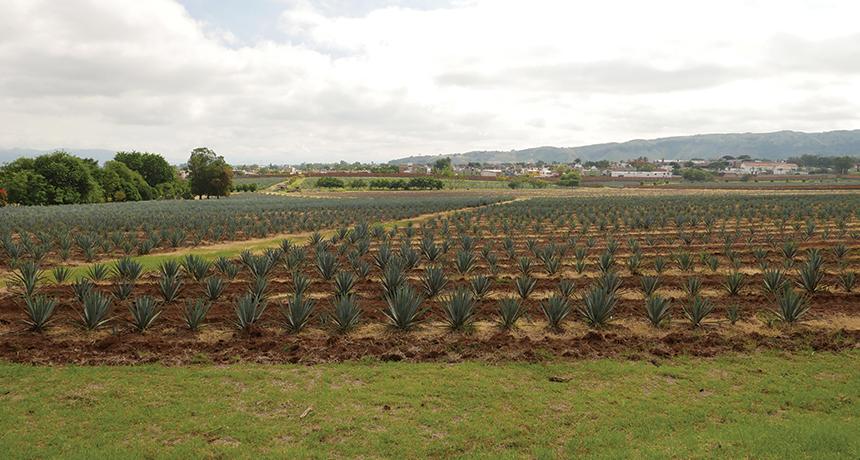
Extra Añejo means exactly what it sounds like, though the classification has only been around in an official capacity since 2006.
Also known as "Ultra-Aged," this type of tequila spends at least 3 years in barrels no larger than 600 liters, with some expressions aged for much longer. For example, Patron released its oldest just last year — a 10-year-old premium tequila matured through a flavor-imparting blend of used American oak and hybrid American and French Limousin barrels.
Unlike with other tequila types, to finish an Extra Añejo, water must be added to lower the spirit's high alcohol content.
Thanks to its prolonged contact with the barrel, Exta Añejo is even darker in color than traditional Añejo and much smoother. Because of the length of maturation, this spirit is also more expensive than a younger classification — but the number of nuanced flavors possible are greater. This is not a tequila you will want to pair with anything but maybe ice.
Tequila should be enjoyed in the same way you'd experience any fine whiskey. To get the most out of your tasting, follow these steps (courtesy of our friends at Moonshine University) and substitute the whiskey for tequila. One more tip before we go: the best way to taste tequila is from light to dark, so if you are doing a side-by-side comparison, go from Blanco to the Extra Añejo, in order of age. Enjoy!
A version of this blog was originally published at moonshineuniversity.com
Have an idea for a mezcal or tequila-based RTD cocktail? The beverage experts at Flavorman can help you bring it to life. When you're ready to get started, tell us your story or give us a call at (502) 273-5214.

blog
For decades, spirits and cocktails have fostered a culture of craft, connection, and celebration. But over time, cocktail culture has evolved far beyond the buzz!
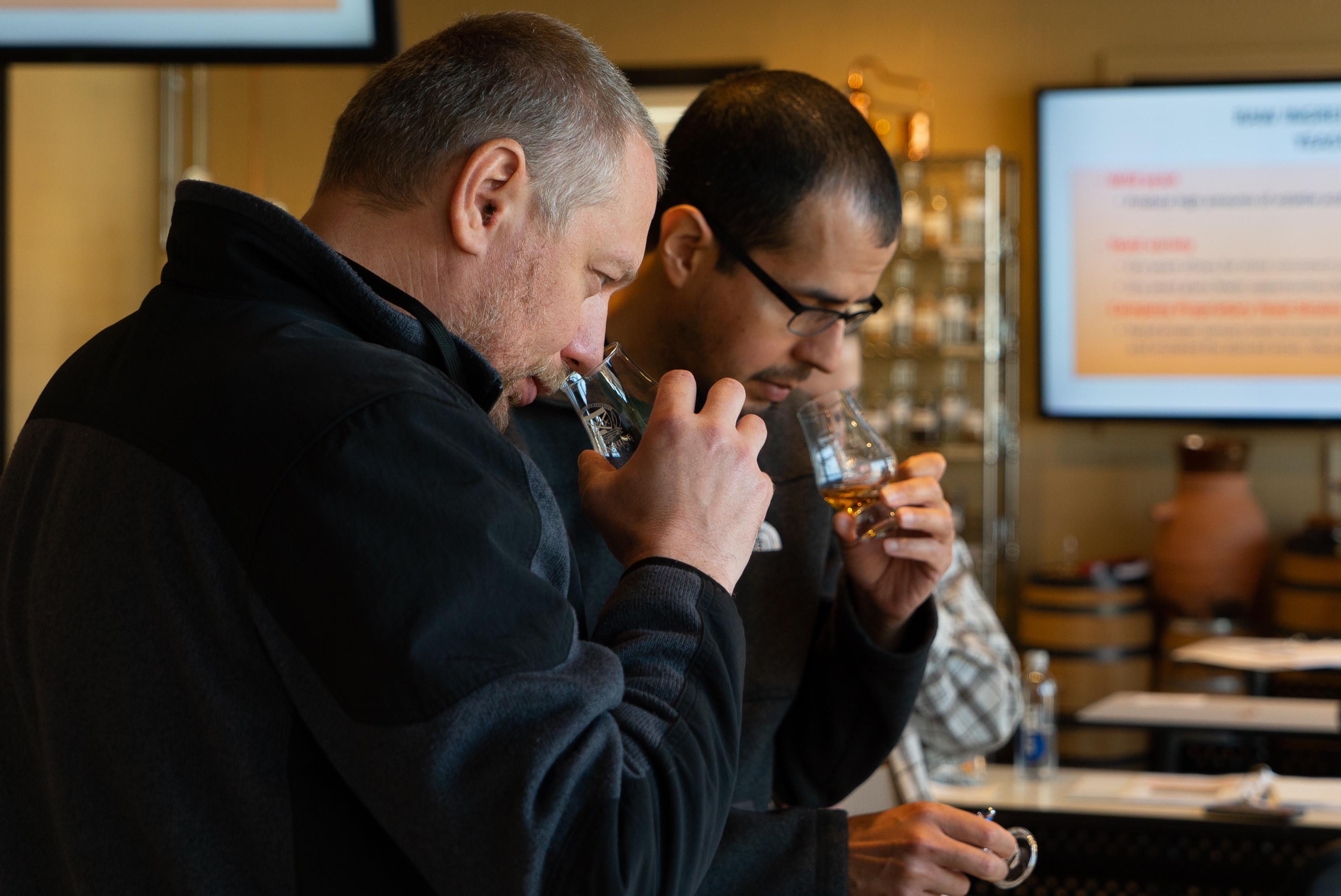
blog
Those that are familiar with the process of crafting distilled spirits may also be familiar with the 10 common congeners that are created during fermentation, and honed during the distillation run. Each congener has its own distinct personality, rendering unique tastes and aromas to the finished spirit.
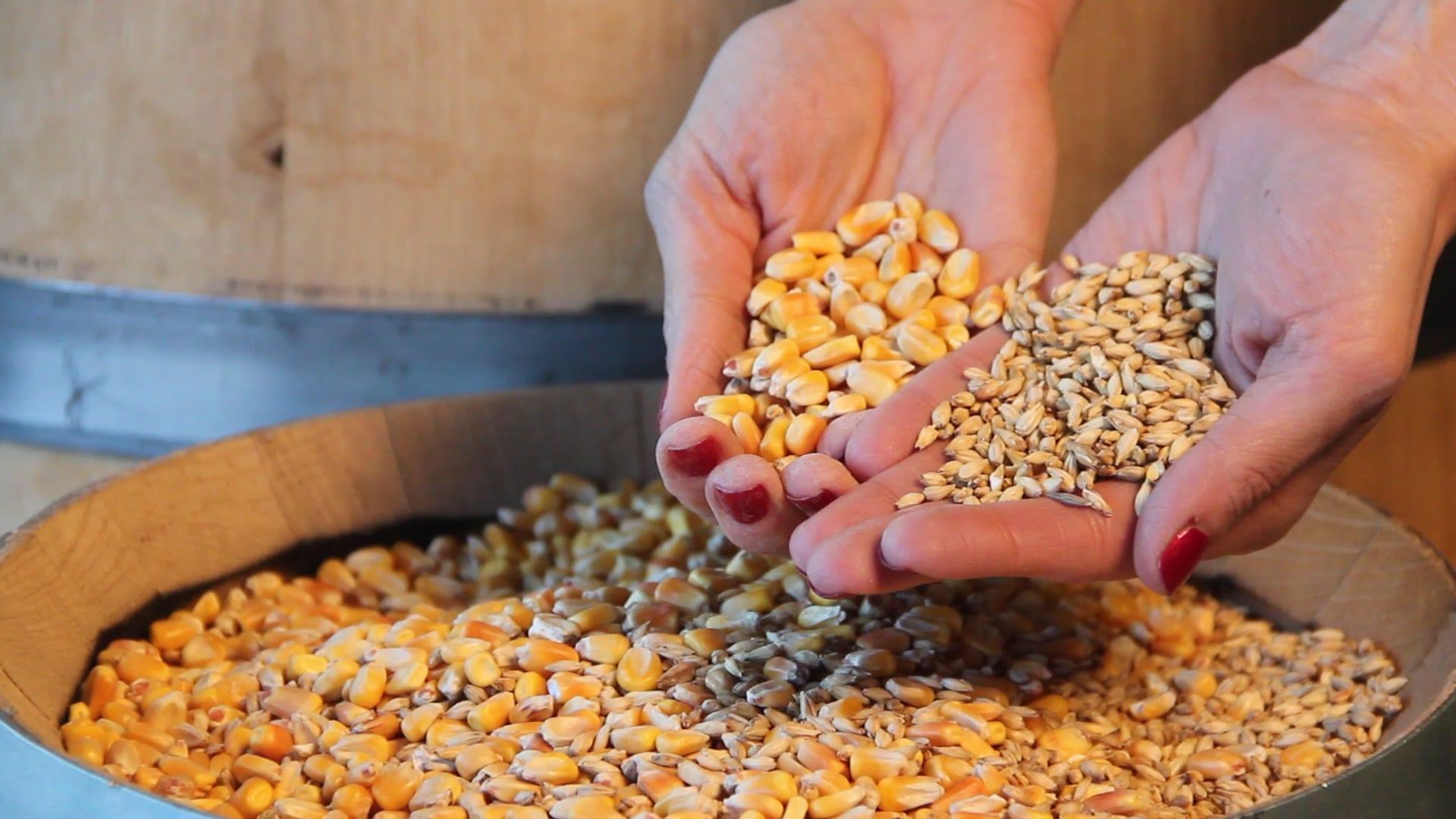
blog
So, you want to start distilling with freshly milled grain. Maybe you're tired of paying top dollar for the pre-milled stuff from the malt distributor, and you're ready to invest in the quality, efficiency, and bulk pricing that comes with milling your own whole grain. But where do you start?